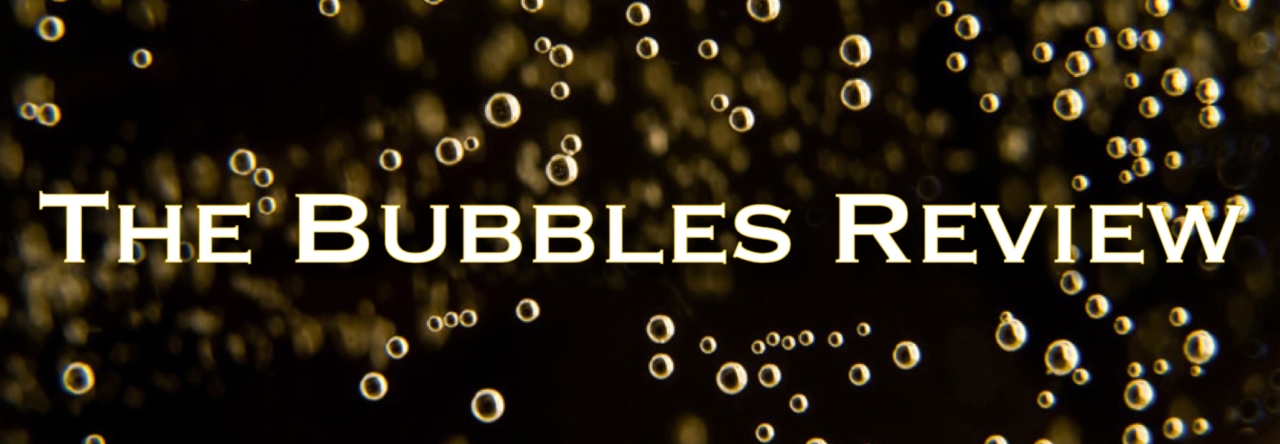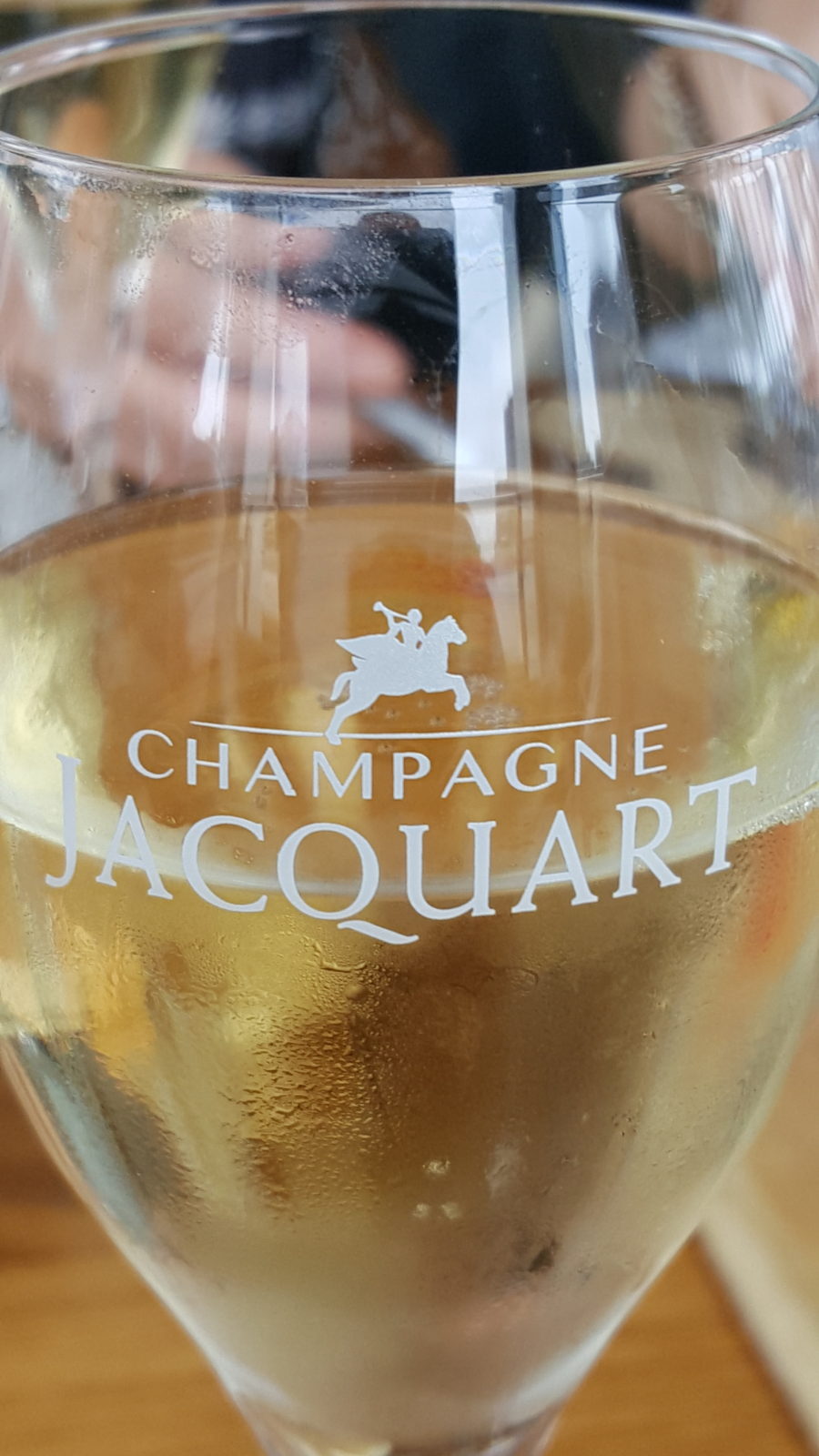I recently had the pleasure of meeting Floriane at a Jacquart Masterclass at Taxi Kitchen in Melbourne. I was fortunate to be given a VIP interview slot to speak with her before the Masterclass, and Floriane generously shared her time and insight with me about working in Champagne.
As a young winemaker, Floriane earned a Masters Degree in Oenology in Reims in 2004. Her studies included a couple of harvests in some of Champagne’s finest Houses, including Moët & Chandon. She joined Jacquart in January 2011 as Chef de Cave (Chief Winemaker), where she plays a central role in the creation of the finest quality blends for all of the Jacquart’s champagnes.
Historically there have been some great women of Champagne. We asked Floriane about women working in Champagne today.
Floriane talked about the role of the wine maker, and how in Champagne the main responsibility is to produce the consistency of style in the non-vintage blend.
She shared with us her motivation for working in the industry, and how she gave up her dream of becoming a fighter pilot. When she chose the wine industry, it was clear, she didn’t want to work with any other wine, but bubbles; “Not just bubbles for celebration, but a wine that everyone loves. It cheers you up and makes you happy and there is a magic behind champagne” she says.
The more that you discover champagne, the more you discover the diversity of it. In introducing Champagne Jacquart, (which is a relatively young label at around 50 years old) to Australia, Floriane says she understands that people feel safe tasting a brand that is well known, but that Champagne is a rich region, very diverse with different styles. There are over 8,000 labels in Champagne, so be curious about tasting – wine is about discovering and sharing. The brand is a modern style, in particular the mission was to highlight the Chardonnay and use the red grapes to enhance that as a fresh style, with refined bubbles and a soft and smooth finish.
See the full interview with Floriane here:
You may also be interested in our blog with an excerpt from the Masterclass – Minerality in Champagne
A beautiful Jacquart giveaway is the prize for our monthly subscriber’s draw for

Champagne Jacquart Giveaway
February. Jacquart describe their passion as such; “Each wine tells the story of its relationship with Champagne lovers. Each wine offers a mosaic of emotions depending on the context in which it is selected and tasted. A youthful and international brand, Champagne JACQUART is now well known across the world.”
Like to keep following us? Sign up to The Bubbles Review list and you will be included in our monthly Subscriber prize draw. The monthly giveaway is usually a chance to win a lovely champagne or sparkling gift. In February it is this beautiful Champagne Jacquart giveaway. Join our list!








 Recipe is taken from the multi award winning – PAIRED – Champagne & Sparkling Wines – The food and wine matching recipe book. Written by David Stevens-Castro and Fran Flynn. You can see more of their tips for matching Champagne and Sparkling in our blog –
Recipe is taken from the multi award winning – PAIRED – Champagne & Sparkling Wines – The food and wine matching recipe book. Written by David Stevens-Castro and Fran Flynn. You can see more of their tips for matching Champagne and Sparkling in our blog – 

 not constrained to using the same cuvee and tailles juice fractions, which are mandatory in Champagne. We are able to use viticultural practices more suited to our local environment. We can even machine harvest in the cold of night, and we can even make sparkling Pinot noir/Shiraz! The pioneering spirit in Australian winemaking is still very much alive.
not constrained to using the same cuvee and tailles juice fractions, which are mandatory in Champagne. We are able to use viticultural practices more suited to our local environment. We can even machine harvest in the cold of night, and we can even make sparkling Pinot noir/Shiraz! The pioneering spirit in Australian winemaking is still very much alive. French heritage, Australian expertise – Chandon is a celebration of its traditional French heritage and the know-how enjoyed in its Australian homeland. Moët & Chandon meets Australia in a world-class winery in the Yarra Valley. Chandon was honoured with international success at the 2016 Champagne and Sparkling Wine World Championships, taking out the national trophy for Best Australian Sparkling Wine for the Chandon Prestige Cuvée 2005. It’s a beautiful place to visit and enjoy a tasting at the Cellar Door. Details here
French heritage, Australian expertise – Chandon is a celebration of its traditional French heritage and the know-how enjoyed in its Australian homeland. Moët & Chandon meets Australia in a world-class winery in the Yarra Valley. Chandon was honoured with international success at the 2016 Champagne and Sparkling Wine World Championships, taking out the national trophy for Best Australian Sparkling Wine for the Chandon Prestige Cuvée 2005. It’s a beautiful place to visit and enjoy a tasting at the Cellar Door. Details here 
